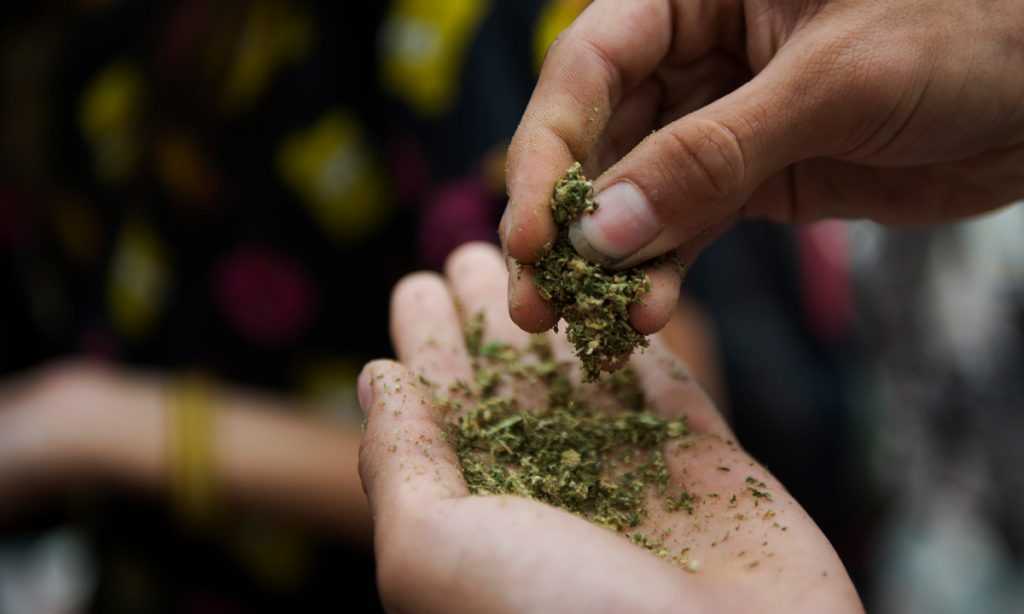Synthetic marijuana, also known as K2 or Spice, has been increasingly on the rise — and has been associated with some serious side effects.
Synthetic marijuana, commonly known as K2 or Spice, is marketed as cheaper and stronger than natural marijuana. It’s also known as a substance that won’t cause you to fail a drug test. While this can be true, the side effects associated with synthetic cannabis are dangerous, impacting the body in ways that can last years.
Here’s what you should know about synthetic marijuana:
What is it?

Synthetic marijuana is a group of manmade chemicals that produce a “high” that mimics the effects of THC. Natural THC naturally binds to the body’s cannabinoids, producing strong effects that can be euphoric and relaxing. Synthetic marijuana tries to do the same, binding to your body’s endocannabinoid system in ways that can be unpredictable and dangerous, particularly since no one really knows what’s in these products. If you want to learn more about synthetic weed and its makeup, you can check out this link.
Why is it dangerous?

RELATED: Why Big Pharma Loves The Power Of Synthetic Cannabinoids
Aside from its unpredictability, synthetic marijuana tends to bind more tightly to the body’s endocannabinoid system, creating a stronger relationship that’s harder to shake off. Side effects associated with synthetic weed are dramatic and dire, unlike the ones associated with regular marijuana use. According to the Cleveland Clinic, they include heart attacks, organ failure, seizures, psychosis, stroke, violent behavior, hypertension, and more. Researchers believe synthetic marijuana can make it more likely for people to suffer from psychiatric conditions, among them bipolar disorder, schizophrenia, anxiety, and depression.
Who’s at risk?

RELATED: ‘Synthetic Marijuana’ Is A Dangerous Misnomer That People Need To Stop Using
According to the Centers for Disease Control and Prevention (CDC), people between the ages of 20-30 are more likely to be exposed to synthetic cannabis, with men being more likely than women to try it out. Users tend to have already tried out cannabis or are regular cannabis consumers.


